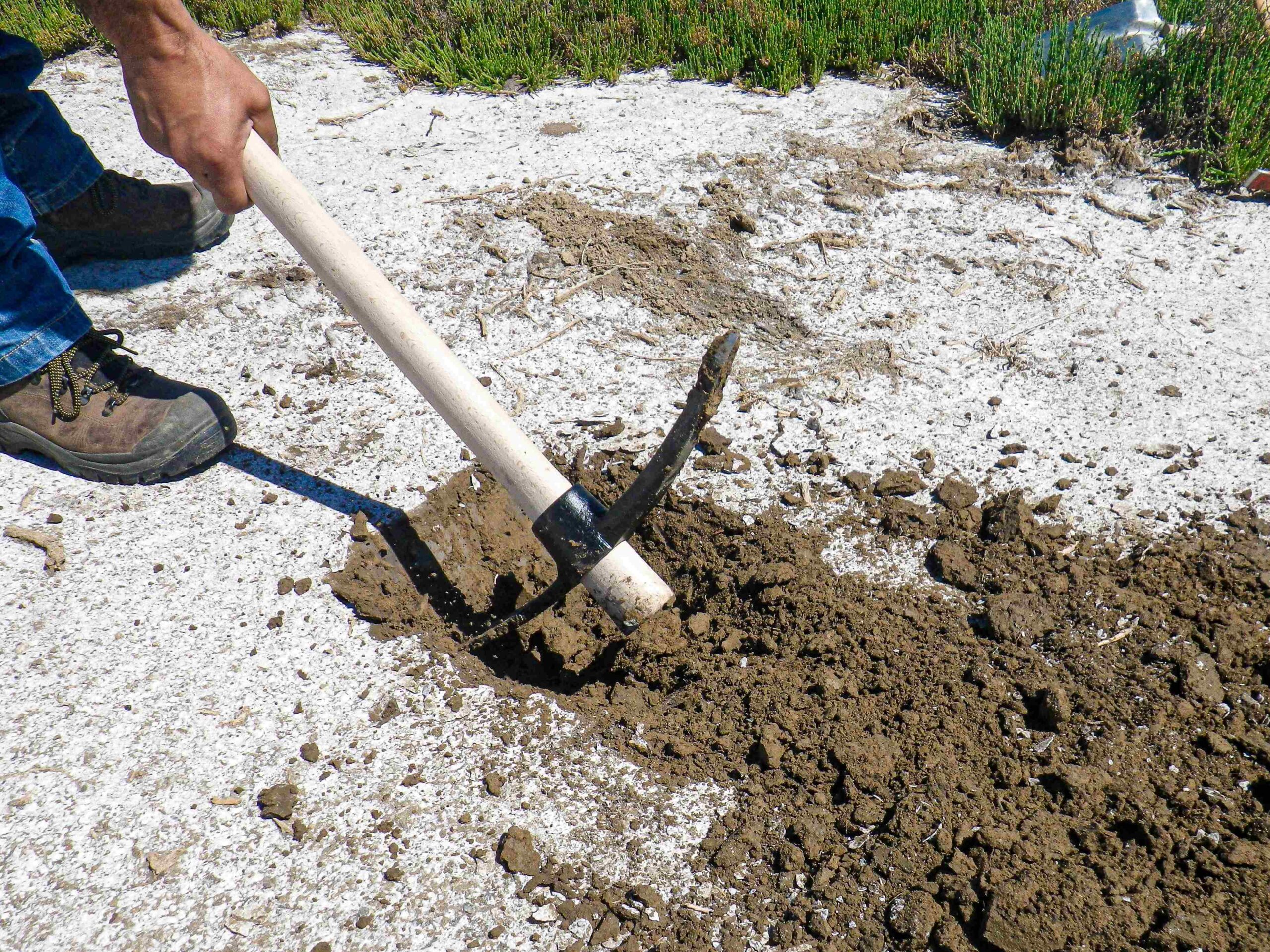Establishing a value for a business is not an easy task. In this article, we will cover some fundamental aspects to provide you with guidelines for estimating your business’s worth. It’s important to keep in mind that a potential buyer may also apply similar principles during their assessment. Additionally, there is no single formula that applies to all business valuations; several distinct models can be employed depending on the nature, size, and risk factors of the business.
Reasons for Valuing a Business
There are numerous reasons for conducting a business valuation, including:
- The business is being sold.
- You’re seeking investors.
- You intend to issue company stock.
- You require a bank loan secured against the business.
- There are changes in ownership or capital structure.
- The business is involved in divestments or acquisitions.
Factors to Consider When Valuing a Business for Sale
If you have decided it is time to sell your small business, there are several crucial factors to consider.
Lease
If your business operates from rented premises, you will need to consult with your landlord to discuss the lease status. You may have the option to transfer the lease to the new owner, or if it is nearing expiration, they may need to acquire a new lease. If you own the premises, you should consider the possibility of selling them along with the business.
Licences
Most businesses, such as restaurants and cafes, have specific licences that are typically included in the sale. Ensure you compile all documentation related to your current licences to include in the sale agreement.
Stock
Will you include your remaining stock in the sale of your business? If so, you’ll need to appraise its value and incorporate it into the contract.
Tax Implications
Selling a business can give rise to intricate taxation issues. This may involve calculating GST for the sale price and understanding the implications of Capital Gains Tax. It’s advisable to consult with an accountant who can provide guidance on these matters.
Contracts & Suppliers
Your business may have active contracts with suppliers and customers. These can include short-term orders or long-term service agreements. Decide whether you will transfer these contracts to the new owner and ensure you consult with your lawyer regarding the specifics, including any termination clauses.
Business History
Significant details that can impact your business’s value include how long it has been operating, its origins, its reputation, the condition of its facilities, and whether its objectives have remained consistent.
Employees
This aspect involves employee salaries, morale, job roles, and whether specialised skills are necessary to operate the business. A pivotal consideration is whether your business heavily depends on a few key individuals, as this highlights essential skill sets that are vital for operations.
Legal & Commercial Issues
No one wants to purchase a business with unresolved legal or commercial issues. Factors such as involvement in legal proceedings, adherence to workplace health and safety, environmental laws, the validity of long-term contracts, and whether the business has all required permits and registrations will significantly influence its value.
Goodwill & Intangible Assets
Does your business possess specific intellectual properties, intangible assets, or goodwill? The value of these intangible assets can greatly affect your business’s market valuation.
Financial Information
This includes aspects like profitability, working capital, sufficient cash flow, the amount of debt serviceable by cash flow, recent annual turnover, and trends in profit. It’s also essential to determine whether there is adequate working capital to distribute dividends to shareholders.
Types of Valuation Methods
A good starting point for valuation is assessing the profitability of the business while considering associated risks. Other valuation methodologies include asset valuation, price-earnings ratios, and entry cost valuation. Furthermore, industry benchmarks can also serve as a guide for business valuations.
Capitalised Future Earnings Method
The capitalised future earnings method is one of the most prevalent approaches for valuing small businesses. When acquiring a business, you are essentially purchasing its assets and the rights to any future profits, referred to as future earnings. These future earnings are capitalised to assign an expected value. The capitalisation rate can be represented as an expected return on investment (ROI) percentage or ratio. A higher ROI is more favourable for the buyer, allowing for comparisons across different businesses to identify which will yield the best ROI.
To calculate value using the future earnings method, begin by determining the average net profit for the preceding three years while accounting for any factors that could affect the sustainability of those earnings. Divide that average profit by the expected ROI appropriate for the sector and business.
For instance, if the expected ROI is at least 50% and the average profit is $100,000, the business’s value can be ascertained using the following formula:
Value or Selling Price = (100,000 / 50) x 100 = $200,000.
Multiples of Revenue Method
The multiples of revenue method seeks to determine the maximum value of a business by assessing annual revenue over a certain timeframe and applying a multiplier according to industry standards and other considerations. This multiplier typically ranges from less than one to three or four, depending on factors such as growth potential and market conditions.
In small business valuations, identifying the lowest acceptable price, often referred to as the “floor,” is vital. This typically reflects the liquidation value of the business’s assets, while the “ceiling” is the maximum price a buyer might consider, often based on a multiple of existing revenues. However, if the business or industry demonstrates strong growth potential, it may warrant a higher multiplier, and vice versa.
Earnings Multiple Method
Much like the multiples of revenue approach, the earnings multiple method is primarily used for larger businesses. Here, earnings before interest and tax (EBIT) are multiplied by a specific factor derived from dividing the stock price by earnings per share (EPS) to establish the P/E ratio.
The straightforwardness of multiples makes them accessible for most, but this simplicity can also be seen as a disadvantage, as it can reduce complex data to a singular value.
Asset Valuation Method
This method calculates the value based on assets such as cash, inventory, equipment, and receivables. Liabilities like bank debts are subtracted from this total to arrive at the net asset value. For example, if Raymond is interested in purchasing a manufacturing business with $300,000 in assets and $200,000 in liabilities, its net asset value would be $100,000, indicating that the business is worth that amount.
The asset valuation method may also account for goodwill, which comprises elements of a business that are not easily quantifiable, such as its location, reputation, and history. However, goodwill may not always be transferred in a sale, particularly in cases where it stems from personal attributes, like the previous owner’s reputation or customer ties. This method may not include goodwill if the business is underperforming.
Discounted Cash Flow Method
This valuation strategy focuses on projecting your company’s expected cash flow rather than comparing it to other businesses. You’ll need to provide a cash flow forecast for the next three to five years. Then, using a calculation, you’ll find the present value of those future cash flows.
Present value helps compare the business’s current worth about its future cash flows against the investment amount. A discount rate is typically used, reflecting the interest a buyer could earn if the funds were deposited into a bank account. If the present value of your company outweighs the investment required, it’s deemed a sound investment for the buyer.
Predicting cash flow might require making assumptions regarding future market conditions, making it a potentially complex and error-prone process. This method works well in conjunction with other valuation strategies.
Summary
Determining a business’s value is rarely straightforward. Understanding the fundamentals of business valuation is critical, whether you’re aiming to sell, attract investors, or realign your company’s structure. There’s no universal formula; varying methods apply depending on factors such as size, risk, and industry.
A variety of elements can shape a business’s value, encompassing everything from lease evaluations, stock, and goodwill to financial records and tax implications. Conventional valuation techniques include capitalised future earnings, revenue multiples, asset valuations, and discounted cash flow analysis. Each method encompasses unique advantages and disadvantages, aiding both buyers and sellers in negotiating a fair price. Grasping these principles equip business owners not only to navigate the valuation process with confidence but also to maximise their selling price and appeal to the right investors.



